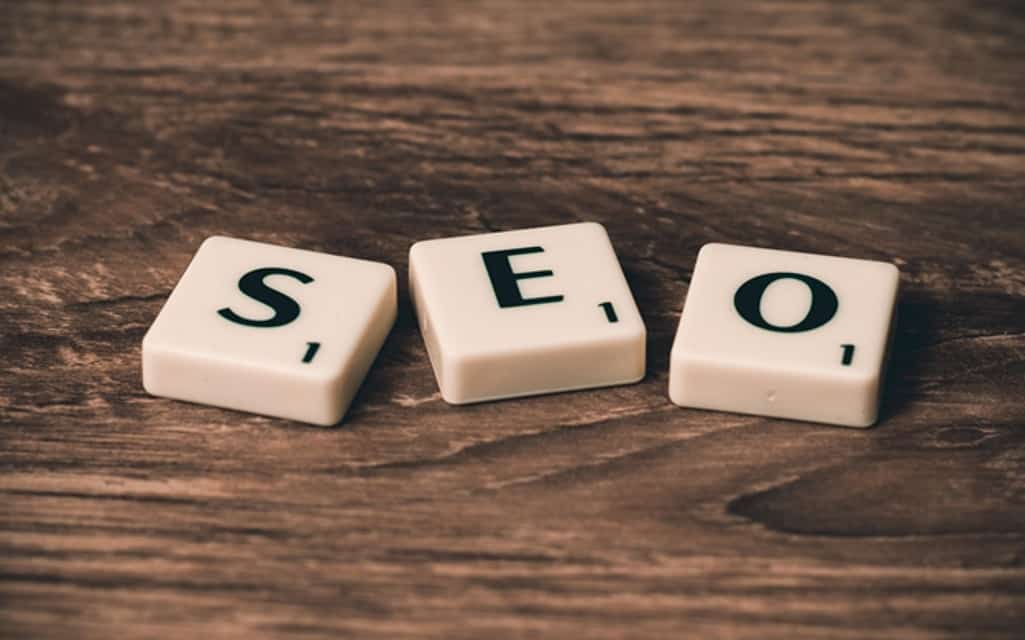Referrals, monthly subscriptions, referrals, social shares on Facebook and what’s not, there are many different ways to increase the traffic and get leads. However, if you are new in the SEO bandwagon, you need to master all this.
SEO has its own strengths, specifications, flaws, and is also the basis for any modern marketer. Previously, the SEO marketing revolves about business and its growth. However, today it is more customer-centric with users being the number one priority of every business.
If you are new to this SEO term, dive-in to know more about it:
What Is SEO?
Have you ever imagined that whenever you put a word or phrase in the search engine, you get hundreds of results? Then you pick results from the most useful searches that are sorted according to the page’s ranking. SEO is more like an online marketing strategy that helps businesses find what they are looking for.
What Affects The Search Of A Webpage?
Whenever we type something in the search engine, Google takes over 200 different factors to get search query ready. Google’s algorithm work on different queries to understand what you need and what you are looking for.
Have a look at the ultimate seo guide for beginner that best describes techniques to increase your website’s ranking:
On-Page SEO:
On-page, as the name suggests means everything that is on your web page; these are the things that you can control to make it relevant for the search engines. Interlinking, user-friendly URL, page’s relevancy with the content, loading speed, clear navigation, use of Sitemaps and other things are the key aspects of on-page SEO. If you want to improve your on-page SEO, here’s what you need to do:
Internal Linking:
Linking within the content that too within your own site will give the cue to the search engines that your website has some value. Google uses Googlebots or Spiders to get information on new, updated and outdated pages. Technically, the process of this fetching is called crawling. And interlinking is a great way to let Google bots search and index your website. It helps you improve the ranking of pages that are more likely to convert visitors.
Anchor Text:
Anchor text is quite helpful for users and helps the search engine understand your content. Complete the anchor text with a link and make sure to avoid phrases like ‘click here’.
Headlines, Tags And Titles:
Keep them short and up-to-the-point, as there’s no point in making them meaningless and obscure.
XML Sitemap:
XML is a documented hosted site on your site that is listed on your website. This help webmasters to inform search engine whenever a webpage is updated or added. This is mostly used if your site has pages that Google is unable to search like pages with dynamic content and links.
Navigation:
Navigation helps in generating a flow to the website; it’s more like a natural hierarchy to help users find anything with ease. To make navigation easy, make sure you have used text links for navigation than images or animation.

Improving Click-Through Rates:
There are many ways to make your search result more appealing; some of them are:
Meta Description:
A meta description is the piece of text that appears under the URL in SERPs, and also when sharing links on social media. A meta description is what most users read and make a decision to click on the site.
Authorship:
Authorship helps to create a more appealing and trustworthy listing to make a website stand out from the crowd.
Off-Page SEO:
Off-page helps in boosting the ranking of a website through natural link building, pushing content on social media to generate traffic and more.
As personalization and relevancy increases, it becomes important to make your website unique and popular. And SEO helps in boosting that! Keep up with the above tips and make your business outshine.



